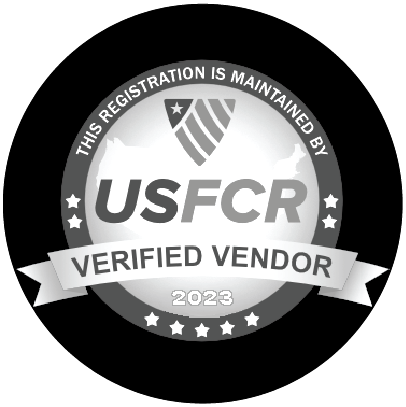APIs (Application Programming Interfaces) have long been the go-to option for data integration between applications. For example, Microsoft D365 allows HubSpot to read records from the CRM and post Marketing-related activity back and forth. However, their limitations and complex nature often get in the way of collaboration for analytics type use cases. As data insights become ever more important, the need for efficient ways that cut down the time to deliver raw or curated data is paramount.
Data-sharing capabilities on cloud data platforms like Databricks and Snowflake are beginning to replace the need for APIs, and are poised to become the future of data exchange. Gartner predicts that by 2023, organizations that promote data sharing will outperform their peers on most business value metrics. Embracing this new method is crucial for unlocking possibilities and improving outcomes in the era of AI and data-driven decision-making.
Let’s look at how you can venture beyond the limitations of APIs and adopt a data-sharing strategy to unlock opportunities, facilitate collaboration, and drive growth.
APIs vs. Data Sharing
APIs focus specifically on enabling communication and data access between different software systems. It is software built specifically to allow data to be read or written back and forth to extend their capabilities or ecosystem. Rarely are they built well for the purpose of data analytics, if at all. Data sharing, on the other hand, provides raw or structured data to be copied and directly shared among entities without any code middleware of code. AMAZING!
APIs are about function and communication (i.e. how systems talk to each other), while data sharing is about access and distribution (i.e. how data is made available).
While APIs have their place, they come with challenges like technical complexity and vendor lock-in. Data sharing adopts an open approach that promotes interoperability and inclusivity in data exchange , allowing a customer to own their analytics destiny.
Here’s a side-by-side comparison of the two options:
| APIs
Provide rules and protocols for software applications to communicate with each other. |
Data Sharing
Facilitate data exchange between entities to foster collaboration and insights. |
|
| Purpose | Enable interaction between applications and access specific functionalities or data points. | Promote transparency and collaboration in data exchange for enhanced insights and innovation. |
| Control | Give the provider a lot of control to define specific operations and functionalities. | Provide shared control over data access, promoting collaboration and interoperability. |
| Flexibility | Provide flexibility in customizing solutions for different customers and use cases. | Offer a standardized and open approach to data exchange to promote interoperability. |
| Complexity | Require specialized expertise to implement and maintain due to technical complexity. | Require simple implementation with less technical complexity. |
| Vendor Lock-in | May lead to vendor lock-in as customers become dependent on the API infrastructure. | Reduce the risk of vendor lock-in, enabling customers to switch to alternative data-sharing solutions. |
| Data Access | Allow selective access to specific data points defined by the API provider. | Facilitate access to a wide range of data from various sources to create a comprehensive view. |
| Collaboration | Requires collaborators to have the same API infrastructure, limiting collaboration with external entities. | Foster collaboration with external partners through standardized data-sharing platforms. |
| Monetization | May provide revenue opportunities through API access fees and premium API offerings. | May offer revenue potential through data-sharing partnerships and value-added services. |
| Security Measures | Require security measures such as authentication and access controls. | Require robust data security protocols to ensure secure data exchange and compliance. |
| Use Cases | Support specific functionalities and data access for targeted applications. | Support scenarios requiring collaboration, interoperability, and holistic insights. |
| Data Integration | Require integration efforts for data aggregation from multiple APIs. | Simplify data integration by centralizing data from various sources using a data sharing platform. |
| Customer-Centric Approach | Cater to specific customer needs but lacks the inclusivity of data sharing. | Emphasizes customer-centric data access by promoting collaboration and transparency. |
Why Vendors Default to APIs
APIs often double-duty as gatekeepers for data access and sharing. They allow the API provider to maintain control and decide what data or functions are accessible and to whom.
Despite the restrictions on data access and limited transparency in data sharing, many vendors default to APIs. Here are some of the main reasons for this tendency.
1. Data Monetization
Vendors can charge customers for access to premium or extended APIs, creating a business model and revenue stream around data access.
2. Flexibility and Customization
APIs’ flexibility allows vendors to provide tailored solutions to customers based on their specific requirements and use cases.
3. In-House Maintenance
Some vendors have the in-house technical expertise to build and maintain APIs, making them a familiar and straightforward option to offer data access and integration.
4. Metering and Usage Limit
APIs allow vendors to implement usage limits and metering to ensure fair use of their resources and potentially reduce the risk of excessive data consumption.
5. Vendor Lock-in
While vendor lock-in is a drawback for customers, some vendors use it to create dependencies on their infrastructure and services to generate long-term, recurring revenue. It is actually cheaper to do a data share. APIs are much more costly to build and maintain, but they keep strict rules over how data can be processed, how much, and how often. They love keeping a tight lid.
6. Ecosystem Integration
APIs facilitate integrations with other applications and services in a vendor’s ecosystem, promoting cross-platform collaboration and potentially increasing the value of their offerings.
Most of these reasons benefit the vendor more than the customers who use APIs because they’re the only method available. But the tide is turning as more people realize that data sharing gives them more value and control over a standard API.
How Data-Sharing Platforms Overcome the Biggest Pain Points With APIs
Data sharing is able to help teams overcome some of the biggest pain points with APIs. Let’s take a look at some of the issues that users had to deal with before and dive into how data sharing eliminates them.
Fragmented Data Exchange
Fragmentation in an API ecosystem hinders seamless collaboration. Unlike data-sharing platforms, APIs can’t provide a comprehensive view, reducing the effectiveness of value-based care initiatives.
Limited Data Accessibility
Most APIs offer limited scope, lackluster documentation, and vendors require multiple APIs to manage different data points. Data-sharing platforms use a holistic approach, enabling customers to access a broad range of data in a copy of their own central location.
Complex Integration
APIs are technically complicated to implement and maintain, requiring specialized expertise. Data-sharing platforms offer a simpler and more user-friendly approach to data exchange, making it easier for organizations to embrace data sharing.
Limited Collaboration
APIs may cause vendor lock-in, restricting collaboration with external partners who may not use the same API infrastructure. Data-sharing platforms foster a collaborative environment, allowing organizations to exchange data securely and freely.
Fewer organizations will choose an API approach to data exchange as more industries recognize the benefits of data sharing in promoting transparency, timely insights, and improved collaboration.
The Path to Customer-Centricity Starts With Data Sharing
As the data-driven landscape evolves, organizations will greatly benefit from embracing data-sharing and moving away from traditional API methods. The customer-centric data-sharing model offers an inclusive, collaborative, and streamlined approach to data exchange, fostering transparency and interoperability.
Prioritizing data sharing will help you unlock the full potential of your data assets, drive innovation, and provide superior services to customers, patients, residents, guests, and beyond.
As we move towards a future where data collaboration is paramount, organizations can’t afford to be stuck with old API methods. Embracing data sharing is crucial for staying ahead in a data-driven world where customer-centricity will become the key differentiator.
Pro TIP: SaaS vendors hate listening to data vendors like us. When customers DEMAND data sharing for their rightfully owned data, they listen. Help promote this change by knocking on the door of all your vendors and demand data share!
Getting Your Hands on Data Sharing
In an era where data is the linchpin of actionable insights, getting your hands on data sharing is imperative. Data sharing not only paves the way for enhanced operational efficiency but can unlock the true potential of generative AI.
The ability to share structured data in a secure and compliant manner is a seismic shift in how agencies and organizations collaborate, especially in heavily regulated industries. The initial investment in modeling and contextualizing the data is substantial. Being able to share that structured data eliminates the redundancy of starting from scratch for each entity involved. This translates to significant savings in both time and financial resources for those downstream.
In sectors like government and healthcare, this means getting actionable insights faster, promoting informed decision-making and optimized operations. The icing on the cake is the assurance that privacy and security protocols are ingrained in every facet of this data-sharing paradigm.
Skypoint takes pride in stepping into the ring as your data champion, asking the right questions and confronting the complexities of vendor negotiations head-on. Our seasoned experts are adept at navigating the intricate vendor terrains of these industries, ensuring the data you access is not only secure but perfectly aligned to drive insightful engagements.
Your Partner for the Era of AI
Our expertise in AI and data management is geared towards tailoring solutions that meet the unique demands of your operational landscape. With private AI copilots, we redefine how you interact with and glean insights from your data. We invite you to explore the transformative potential of data sharing and AI with a quick video overview preview of what’s possible once you have access to structured data from your vendors.
Ready to dive deeper? Schedule a personalized 30-minute walkthrough with our experts. Witness firsthand how Skypoint can be the ally you need in navigating the complex data landscapes of regulated industries, but also your partner in the era of AI. It all starts with data.












